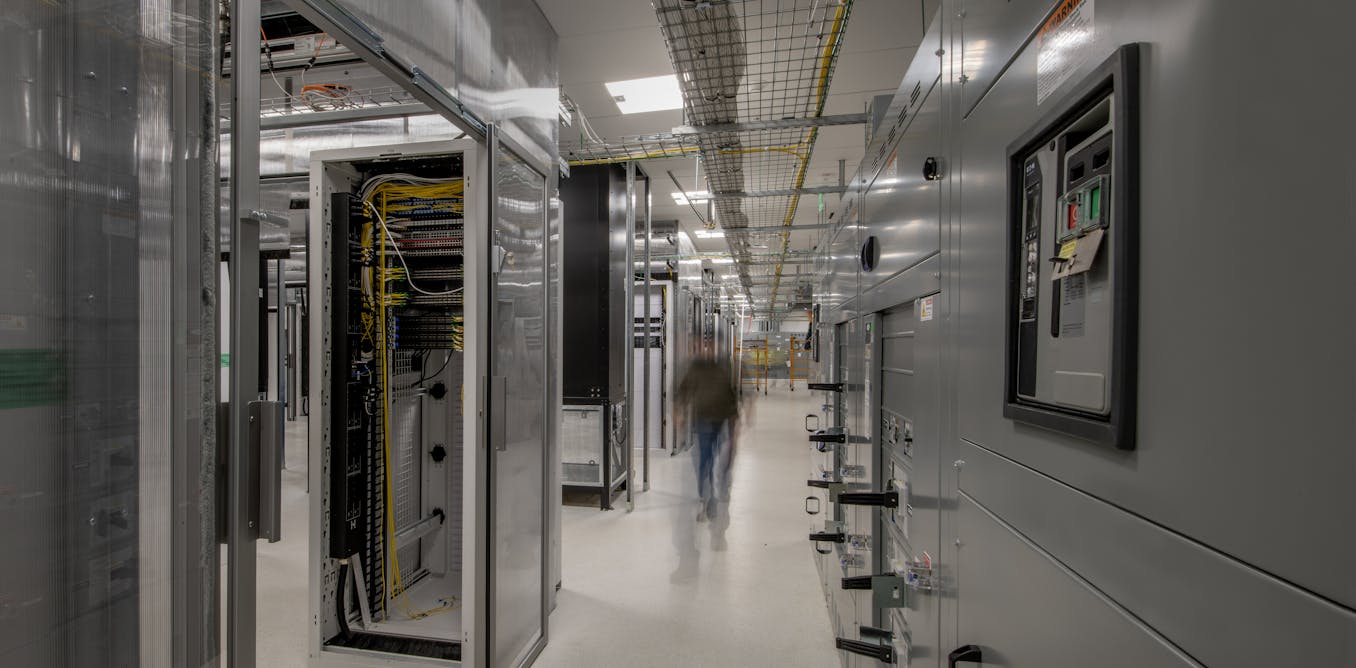Private investment in generative AI has grown from about US $3 billion in 2022 to $25 billion in 2023, and about 80 percent of private companies expect AI to drive their business in the next 3 years, according to Deloitte. Keeping up with the latest advancements means upgrading GPUs, CPUs, and other electronic equipment in data centers as newer, more advanced chips become available. And that, researchers project, will lead to an explosion in the production of electronic waste.
A study published last week in the journal Nature Computational Science estimates that aggressive adoption of large language models (LLMs) alone will generate 2.5 million tonnes of e-waste per year by 2030.
“AI doesn’t exist in a vacuum; it relies on substantial hardware resources that have tangible environmental footprints,” says study coauthor Asaf Tzachor, a sustainability and climate researcher at Reichman University, in Israel. “Awareness of the e-waste issue is crucial for developing strategies that mitigate negative environmental impacts while allowing us to reap the benefits of AI advancements,” he says.
Most research on AI sustainability has focused on these models’ energy and water use and their concomitant carbon emissions. Tzachor worked with Peng Wang and Wei-Qiang Chen, both professors at the Chinese Academy of Sciences, to calculate the potential increase in e-waste associated with generative AI. The study is intended to provide an estimate of the potential scale of the problem, and the researchers hope it will spur companies to adopt more sustainable practices.
The Scale of the E-Waste Problem
Electronic waste contains toxic metals and other chemicals that can leach out into the environment and cause health problems. In 2022, the world produced 62 million tonnes of e-waste in total, according to the United Nations Global E-waste Monitor. This waste stream is growing five times faster than recycling programs, the UN found.
In the coming years, AI could make a significant contribution to the problem. Tzachor says e-waste associated with generative AI includes discarded GPUs, CPUs, batteries used for backup power in data centers, memory modules, and printed circuit boards.
The study details four potential scenarios for generative AI adoption—ranging from limited to aggressive expansion—and projects potential e-waste expansion from a 2023 baseline of 2,600 tons per year. Limited expansion of AI use would generate a total of 1.2 million tonnes of e-waste from 2023 to 2030; aggressive use would result in a total of 5 million tonnes over that period. Tzachor says given current trends, the aggressive scenario is most likely.
The study isn’t comprehensive—it only considers large language models, not other forms of generative AI. Tzachor says the team focused on LLMs because they’re among the most computationally intensive. “Including other forms of AI would increase the projected e-waste figures,” Tzachor says.
What Can Be Done to Reduce AI’s…
Read full article: Generative AI Has a Massive E-Waste Problem

The post “Generative AI Has a Massive E-Waste Problem” by Katherine Bourzac was published on 11/04/2024 by spectrum.ieee.org







































Leave a Reply